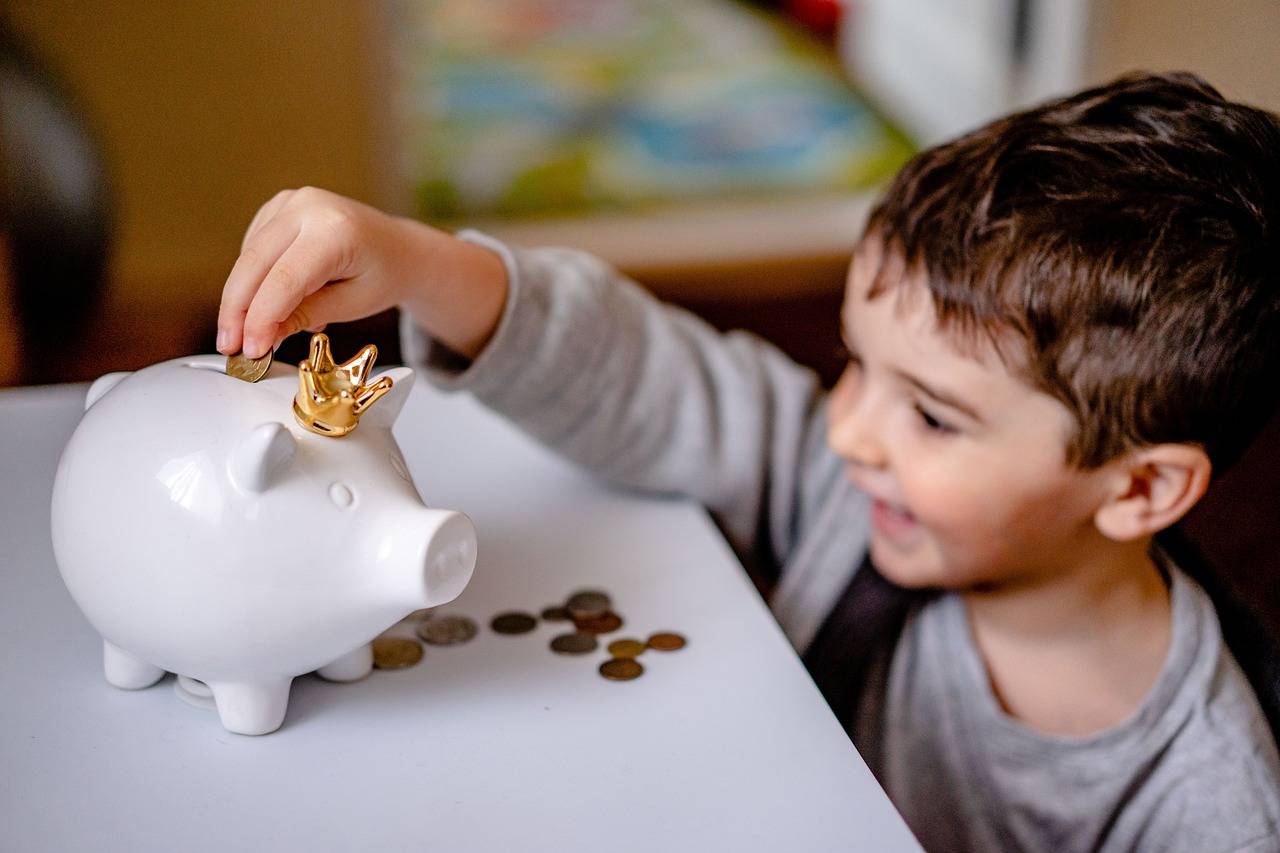Teaching kids about banking from a young age lays the foundation for financial independence later in life. But what is the right age to start teaching kids about money? How do you make sure they understand what points you’re trying to make? We put together this blog to answer these questions and provide everything you need to know about helping children understand banking basics.
How to Teach Young Children About Money
Even at a young age, children can understand the concept of money. Here are some techniques for teaching young kids about banking.
Show Them That Stuff Costs Money
Explain that the things they want, like toys or treats, cost money. Start simple conversations about exchanging money for goods to help them understand the value of money and the process of purchasing items.
Discuss Budget Limits
Children should understand that individuals and families have budgets. Teach kids that you need to make choices about spending to ensure you don’t go over budget. For example, when deciding between going to a movie or buying a new toy, explain that there is a set amount of money available, and they have to choose which purchase is more important.
Teach Them How to Divide Allowances
Giving an allowance for completed tasks, such as cleaning their room or helping with chores, is a great way to teach kids about money. Encourage them to split their allowances between savings and spending.
Talk About Saving and Spending
Discuss the difference between saving money for something special in the future and spending money on immediate purchases. For instance, if they want a new game, explain how they can save a portion of their allowance over time to afford it.
Use a Clear Piggy Bank
Using a clear piggy bank helps kids see their money grow over time. The visual reinforcement of watching their savings grow can motivate them to save more.













